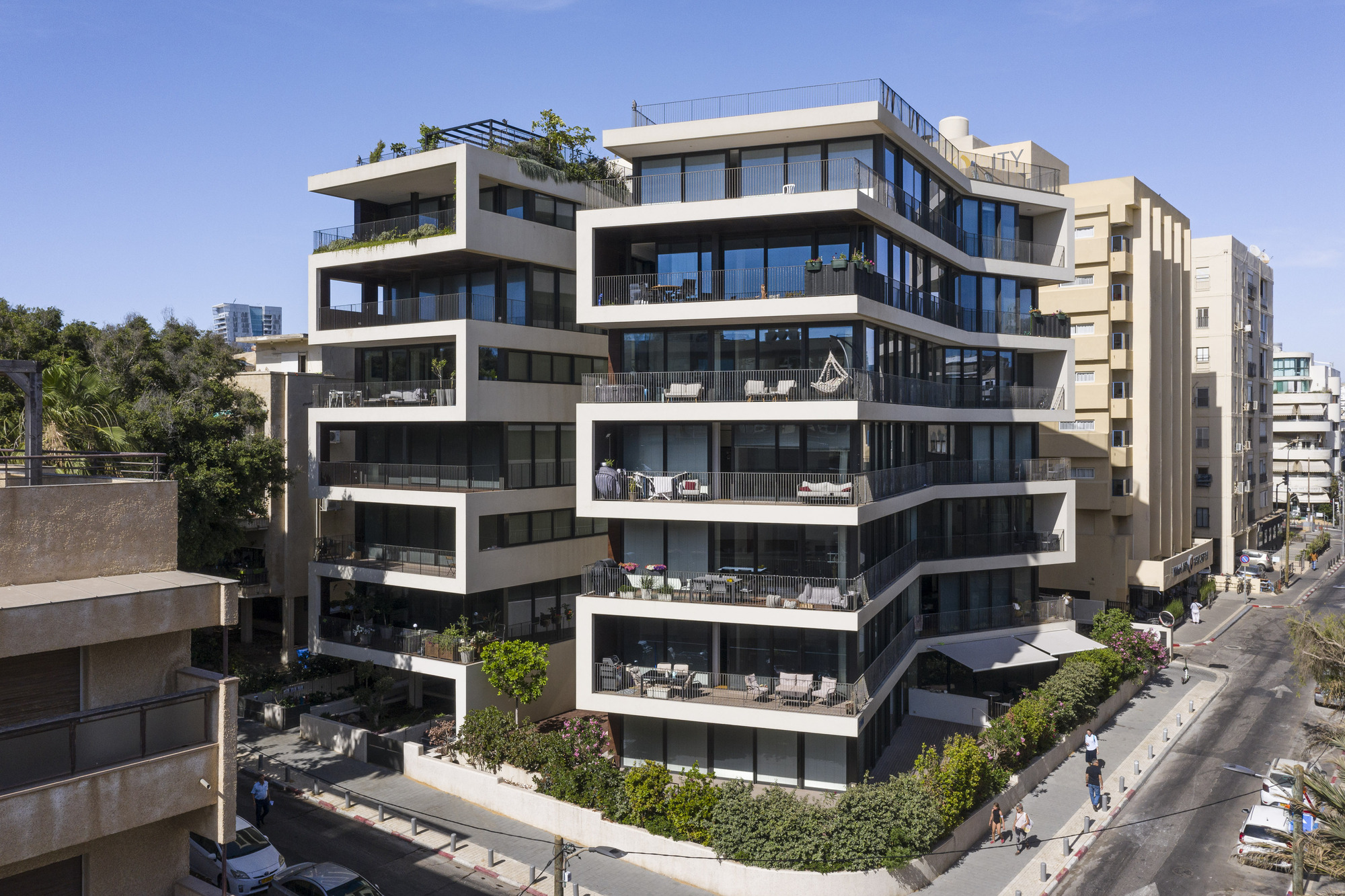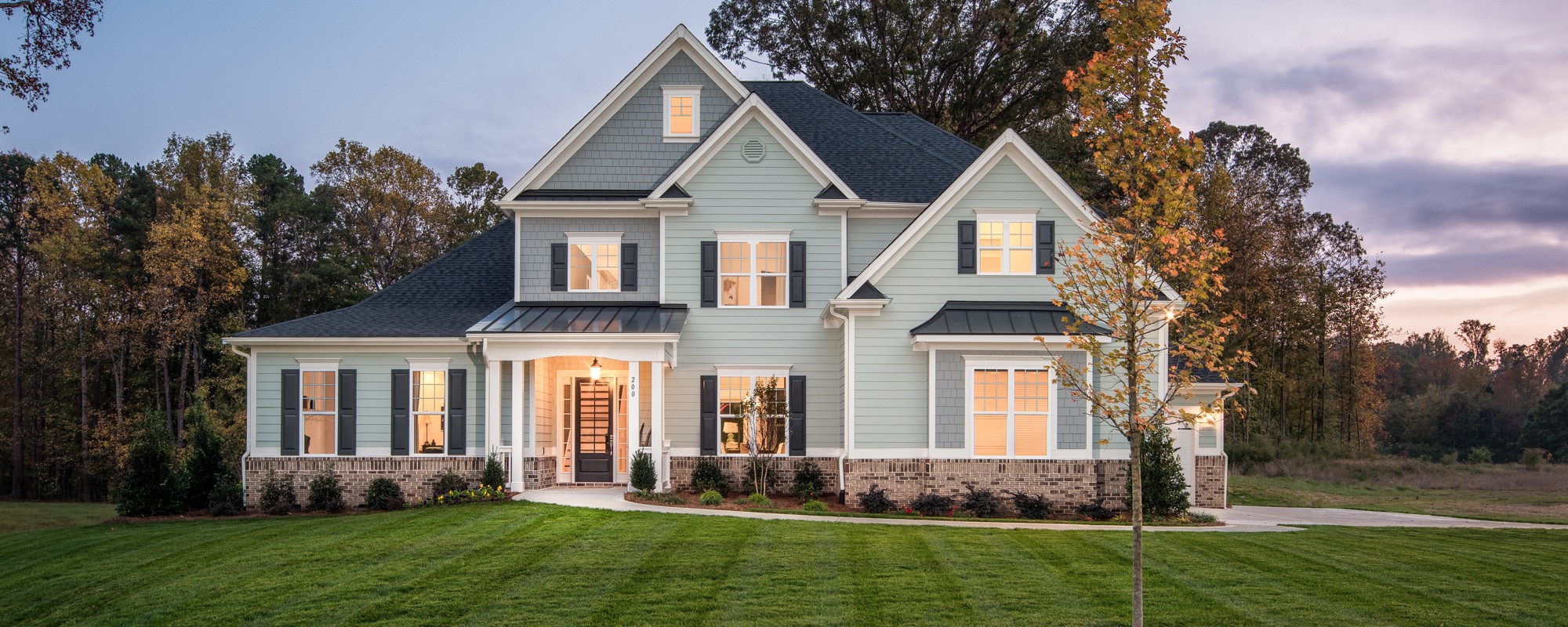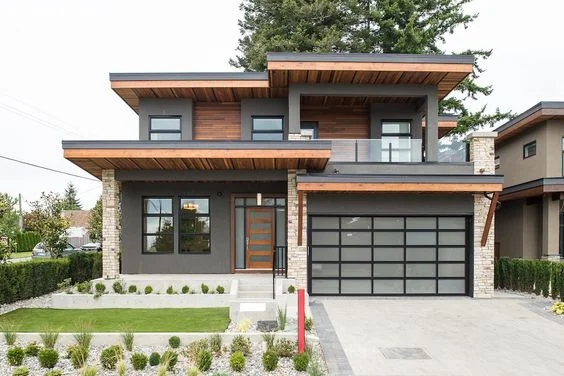
“The Impact of Remote Work on Home Design: Creating Functional Workspaces”
Introduction:
The rise of remote work has brought about a paradigm shift in the way we perceive and utilize our living spaces. As more individuals embrace the flexibility of working from home, there is a growing emphasis on creating functional and inspiring home offices. This article explores the profound impact of remote work on home design, examining how homeowners are adapting their living environments to accommodate the demands of a remote work lifestyle.
1. **The Rise of the Home Office:**
With the traditional office setting evolving into a virtual one, homeowners are increasingly dedicating specific areas of their homes to serve as functional workspaces. Spare rooms, nooks, or even converted closets are being repurposed to create dedicated home offices that provide a quiet and focused work environment.
2. **Ergonomic Furniture and Design:**
Recognizing the importance of comfort and functionality, ergonomic furniture is taking center stage in home office design. Adjustable desks, supportive chairs, and proper lighting are crucial elements in creating a workspace that promotes productivity while minimizing the risk of strain and discomfort.
3. **Multipurpose Spaces:**
Many homeowners are transforming multipurpose spaces to accommodate both work and leisure. Living rooms that seamlessly integrate workstations or dining areas doubling as conference rooms showcase the versatility needed for a balanced remote work lifestyle.
4. **Natural Light and Biophilic Design:**
The positive impact of natural light on well-being and productivity is well-established. Home designs are now incorporating larger windows, skylights, and open floor plans to maximize natural light. Biophilic elements, such as indoor plants and nature-inspired decor, are also gaining popularity to create a more harmonious and inspiring workspace.
5. **Technological Integration:**
As remote work relies heavily on technology, home designs are integrating smart solutions. Concealed charging stations, built-in cable management, and seamless connectivity are becoming essential features to enhance the functionality and aesthetics of home offices.
6. **Soundproofing and Acoustic Considerations:**
Noise from household activities or external sources can be disruptive to remote work. Home designs are incorporating soundproofing materials, acoustic panels, and thoughtful layout planning to create quiet and focused work environments within the home.
7. **Flexibility in Design:**
The dynamic nature of remote work requires a flexible approach to home design. Modular furniture, movable partitions, and adaptable layouts allow homeowners to reconfigure their spaces based on evolving work needs, ensuring that the home remains conducive to both work and relaxation.
8. **Personalization and Comfort:**
Home offices are becoming personalized and reflective of individual preferences. From personalized decor to comfortable lounging areas, homeowners are infusing their personality into their workspaces to create environments that inspire creativity and boost overall well-being.
Conclusion:
The impact of remote work on home design is profound, influencing the way we conceptualize and utilize our living spaces. The shift towards creating functional workspaces within the home reflects a growing need for balance and adaptability in the modern work landscape. As remote work continues to shape our professional lives, the evolution of home design will likely persist, with an emphasis on creating environments that seamlessly blend productivity, comfort, and personal expression.



